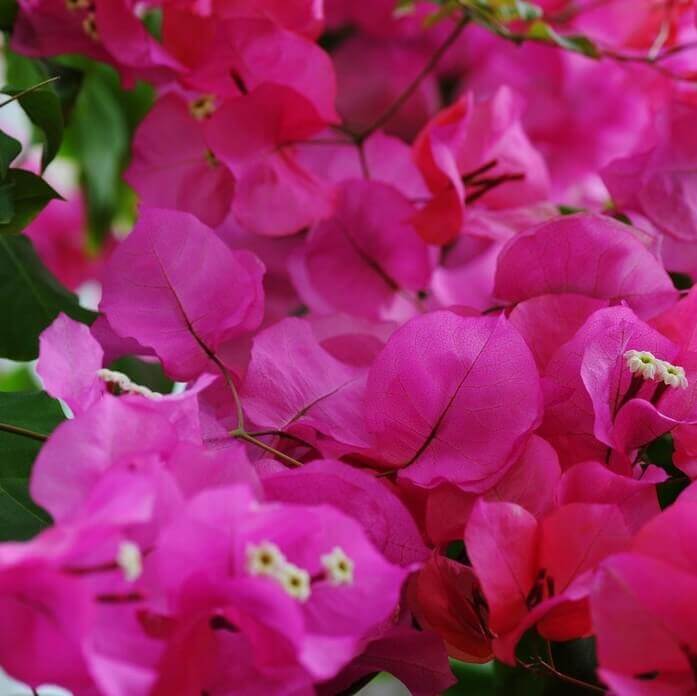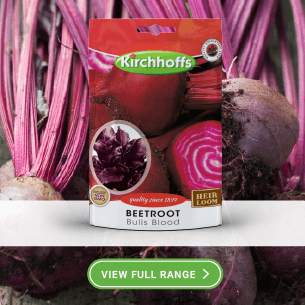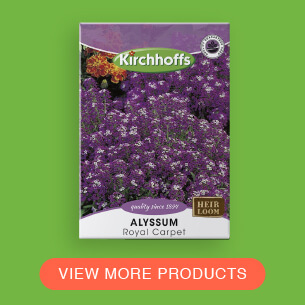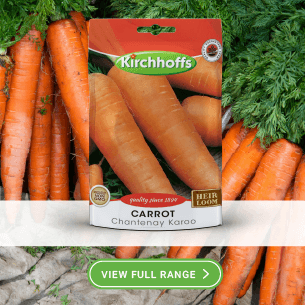Bougainvillea planting tips, maintenance, care and more.
Bougainvillea adds showers of brilliant colour to the garden and flower for much of the year; even in winter
CHOOSING PLANTS
Bougainvilleas have varying growth habits. Select one that’s suitable for your needs, be it for a small space, a container or covering a large area. Always buy clearly named plants, preferably in flower, to ensure you are getting the right colour and growth habit.
PLANTING TIPS
As they hail from the tropics, they love the heat and grow best in full sun.
Plant them in loose, well-drained, humus-rich soil. They prefer sandy rather than heavy, clay soil.
Get them off to a good start by adding a cup of superphosphate and bonemeal to the soil at the bottom of the planting hole and loads of compost to the top soil.
If you live in a frosty area, plant them against a heat-retaining, north-facing wall. Make sure they’re protected from cold winds. In cold climates, plant them in containers which can be moved into protected areas during winter.
CONDITIONING FOR THE VASE
Strip the cut branches of all green foliage and thorns and crush the ends of the stems. Fill a jug with boiling water and add a tablespoon of vinegar. Place the ends of the stems in the water for a couple of minutes. Recut the stems just before arranging and keep the bunch moist with a mist spray to prolong the life of the arrangement. Dry out in the oven for long-lasting dried arrangements.
CARE AND MAINTENANCE
Feeding and mulching
For bougainvilleas to flower well, it’s essential to give them the right food. To encourage flowering, potash-rich fertilisers like 3:1:5, 2:3:4 and Multifeed P are best and will give your plants the boost they need after each flush of flowers.
Time-pressed gardeners can feed their plants in spring, summer and autumn.
If after fertilising, your bougainvillea still doesn’t perform well, try a light dose of superphosphate.
Container-grown plants will need more frequent feeding as their root space is restricted.
Mulch with compost, wood chips, dry grass or straw and renew the mulch at the end of winter.
Watering
How much and when to water your bougainvillea generally depends on the soil, the plant’s position and the climate.
The important thing is not to let it dry out too much. Holding back on water for a short period can, however, induce a flush of flowers.
Experts recommend that plants grown in the summer-rainfall areas be kept on the dry side in late winter and early spring for a good summer flush.
Pruning and trimming
With bougainvilleas the golden rule is not to let them get out of hand. They can take over very easily and it’s then a major job to cut them back.
If they are growing out of their allotted space, cut back the long shoots hard leaving 3–5 buds; train the new shoots which develop after pruning throughout the year as and when needed.
Flowers develop on the new wood so snip off the old flower heads and cut back twiggy growth after each flush of flowers; for large plants you’ll need loppers with telescopic handles.
Cut out any water shoots when they appear at the base.
While bougainvilleas prefer frost-free environments, they will recover from light frost. If your plant has been frosted, wait till September before trimming back damaged growth.
Good times for pruning in summer rainfall areas are August/September and December/January. In winter-rainfall areas, trim in autumn and neaten in late winter.
Wear protective clothing and gloves when pruning bougainvilleas as the thorns can be vicious.

CREDITS: MARIANNE ALEXANDER








































